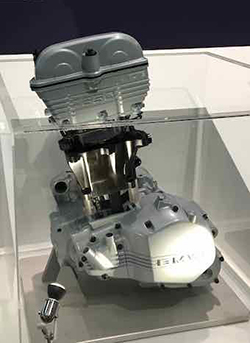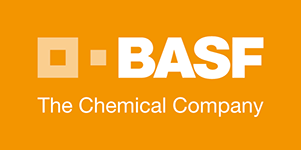By: Clare Goldsberry Invista’s Chemical Intermediates Division (Houston, TX) recently introduced a new thermoplastic material that acts more like a thermoset resin. business partnership Image courtesy Stuart Miles/freedigitalphotos.net. The new nylon-1,6 resin (formaldehyde-hexanedinitrile copolymer) has spectral features and thermal behavior aspects similar to features historically known in resins such as UF, melamine, Bakelite and others, according to Senior Research Advisor William J. Tenn. A high density of amide residues in the polymer makes it significantly more hydrophilic than other nylons; it can be used in combination with other thermoset and thermoplastic materials to modify properties such as water and hydrocarbon absorbance. Nylon 1,6 can provide a more rapid cure response than other polyamides in epoxy applications. It is being evaluated as a fortifier for use in UF-, PF- and melamine-based formulations, and as a composite material in combination with other thermosets and thermoplastic materials. Invista is currently offering partnership opportunities to accelerate development and aid in bringing the product to market. The company is interested in discussing opportunities for partnering that could take many forms including co-development, licensing and consulting. If you're interested in exploring some opportunities, send an e-mail to William Tenn , Intermediates R&D. https://www.plasticstoday.com/materials/invista-introduces-thermoplastic-resin-acts-thermoset/59773997956630
Ms. Kang
2017-05-15




















